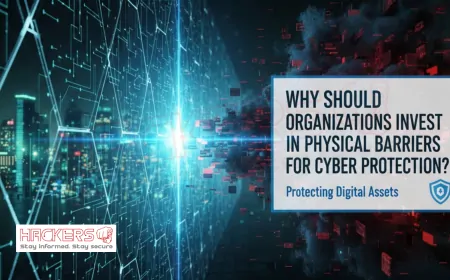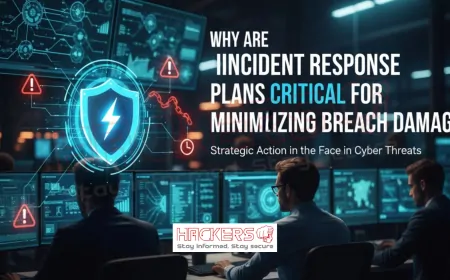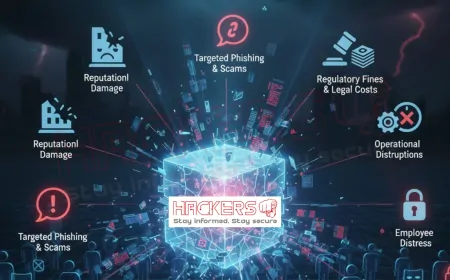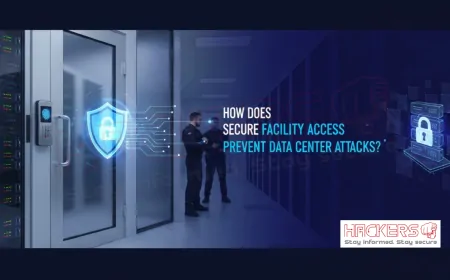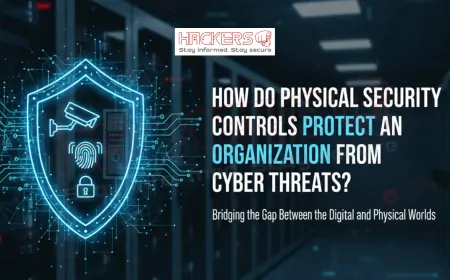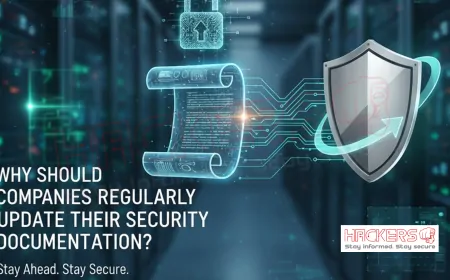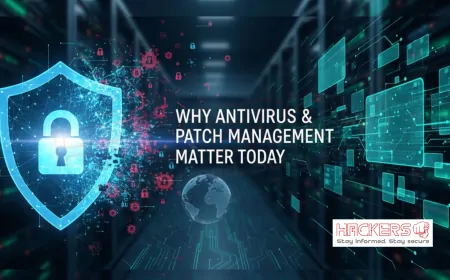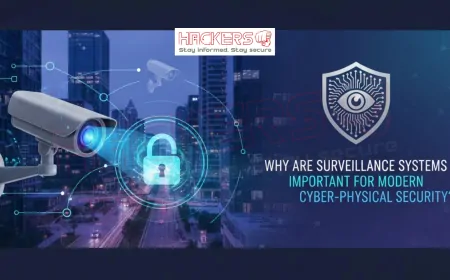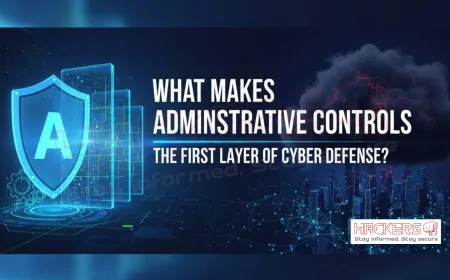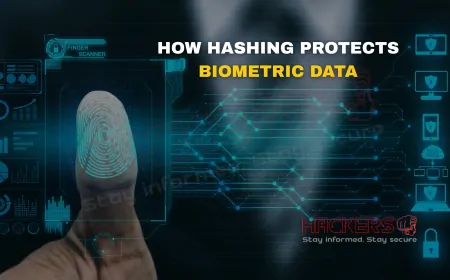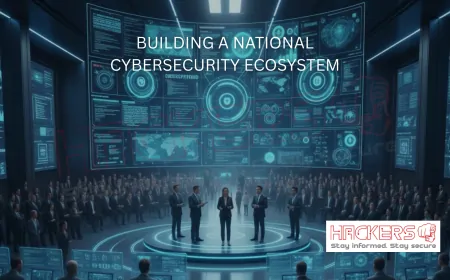How Can Companies Build a Cyber-Aware Workforce?
In today’s digital world, cyber threats are everywhere. From phishing emails to ransomware attacks, businesses face risks that can disrupt operations, steal data, and damage reputations. The good news? A strong defense starts with people. Employees are often the first line of protection against cybercrime. This blog explores practical, step-by-step ways companies can build a workforce that understands and responds to cyber risks effectively. Whether you run a small startup or a large corporation, these strategies will help create a culture of security awareness that keeps your organization safe.

Table of Contents
- Introduction
- Why Cyber Awareness Matters
- Get Leadership On Board
- Develop Ongoing Training Programs
- Use Real-World Simulations
- Create Clear Security Policies
- Foster a Security-First Culture
- Provide the Right Tools and Resources
- Measure and Improve Awareness
- Conclusion
- Frequently Asked Questions
Why Cyber Awareness Matters
Human error causes over 90% of data breaches. A simple click on a malicious link or a weak password can open the door to hackers. Cyber-aware employees recognize suspicious activity, follow best practices, and report issues quickly. This reduces risk, saves money, and protects customer trust. Companies that invest in awareness see fewer incidents and faster recovery when attacks occur.
Get Leadership On Board
Change starts at the top. Executives must champion cybersecurity. When leaders prioritize awareness, employees follow suit. Hold regular meetings to discuss threats. Include security updates in company-wide communications. Leaders should participate in training sessions to show commitment. This sets a tone that security is everyone’s responsibility, not just the IT team’s job.
Develop Ongoing Training Programs
One-time training is not enough. Cyber threats evolve daily, so education must be continuous. Offer monthly or quarterly sessions. Cover topics like password hygiene, phishing recognition, and safe browsing. Use videos, quizzes, and interactive modules to keep it engaging. Tailor content to different roles: sales teams need phishing training, while developers focus on secure coding.
- Start with basics: strong passwords, two-factor authentication
- Teach red flags: unexpected emails, urgent requests for information
- Explain consequences: data loss, financial penalties, downtime
- Make it mandatory but fun: gamify learning with rewards
Use Real-World Simulations
Theory alone does not build skills. Run phishing simulations to test employees. Send fake malicious emails and track who clicks. Provide immediate feedback and retraining for those who fail. Over time, click rates drop as awareness grows. Include scenarios like USB drops or phone scams to mimic real threats.
| Simulation Type | Purpose | Frequency |
|---|---|---|
| Phishing Emails | Test email vigilance | Monthly |
| USB Drop Tests | Check physical security habits | Quarterly |
| Social Engineering Calls | Train phone response | Biannually |
| Ransomware Drills | Practice incident response | Annually |
Create Clear Security Policies
Policies guide behavior. Write simple, easy-to-read rules. Cover device usage, data handling, and remote work. Require multi-factor authentication everywhere. Ban public Wi-Fi for sensitive tasks. Update policies yearly and get employee sign-off to ensure understanding.
- Define acceptable use: no personal email for work files
- Set password rules: minimum length, regular changes
- Outline reporting: who to contact for suspected breaches
- Include consequences: warnings, retraining, or termination
Foster a Security-First Culture
Make security part of daily life. Celebrate employees who report phishing attempts. Share success stories in newsletters. Create a “security champions” program where volunteers promote awareness in their teams. Encourage questions without fear of judgment. This builds trust and openness.
Provide the Right Tools and Resources
Equip staff with helpful tools. Install endpoint protection, email filters, and password managers. Offer quick-reference guides and a dedicated helpdesk for security questions. Use dashboards to show real-time threat stats. When tools are user-friendly, adoption rises.
- Password managers: store complex credentials securely
- VPNs: encrypt remote connections
- Secure file sharing: avoid email attachments
- Incident reporting app: one-click alerts
Measure and Improve Awareness
Track progress with metrics. Monitor phishing test results, policy compliance, and incident reports. Survey employees on confidence levels. Use data to refine programs. If click rates stay high, increase simulation frequency. Continuous improvement keeps awareness sharp.
| Simulation Type | Purpose | Frequency |
|---|---|---|
| Phishing Emails | Test email vigilance | Monthly |
| USB Drop Tests | Check physical security habits | Quarterly |
| Social Engineering Calls | Train phone response | Biannually |
| Ransomware Drills | Practice incident response | Annually |
Conclusion
Building a cyber-aware workforce takes commitment, but the payoff is huge. Start with leadership buy-in, deliver ongoing training, run simulations, enforce clear policies, and nurture a security culture. Provide tools and measure results to keep improving. When employees see cybersecurity as a shared duty, risks drop and resilience grows. Begin small, stay consistent, and watch your organization become a harder target for cybercriminals.
Frequently Asked Questions
What is cyber awareness?
Cyber awareness means understanding online risks and knowing how to avoid them. It includes recognizing phishing, using strong passwords, and reporting suspicious activity.
Why do employees cause most breaches?
Employees often lack training or act hastily. They click links, share passwords, or ignore warnings, giving attackers easy entry points.
How often should training happen?
At least quarterly, with monthly refreshers for high-risk roles. Threats change fast, so regular sessions keep knowledge current.
Are simulations ethical?
Yes, when done transparently. Inform staff simulations occur, focus on learning, and avoid public shaming. The goal is improvement, not punishment.
What if an employee fails a test?
Offer immediate feedback and extra training. Track progress over time. Most improve quickly with support.
Can small companies afford this?
Absolutely. Use free tools, online courses, and simple policies. Awareness costs less than a breach.
How do I get executives involved?
Show breach costs and legal risks. Invite them to training and share industry attack stories. Make it a business priority.
What tools are essential?
Password managers, multi-factor authentication, antivirus, and secure email gateways. Choose user-friendly options.
Should remote workers get special training?
Yes. Cover home network security, VPN use, and public Wi-Fi risks. Remote setups have unique vulnerabilities.
How do I measure success?
Track click rates, training completion, reported incidents, and audit findings. Lower clicks and more reports signal progress.
What role do policies play?
Policies set rules and expectations. Clear guidelines reduce confusion and ensure consistent behavior.
Can gamification help?
Definitely. Leaderboards, badges, and prizes make learning fun and boost participation.
What about non-technical staff?
Focus on everyday risks: emails, passwords, devices. Avoid jargon and use relatable examples.
How do I handle resistance?
Explain benefits: job security, easier work. Address concerns and show leadership participation.
Is awareness enough alone?
No. Pair it with technology and processes. Awareness empowers people within a strong system.
What if we suffer a breach?
Learn from it. Retrain affected staff, update policies, and communicate openly to rebuild trust.
Should vendors get training?
Yes, if they access your systems. Include them in simulations and require policy acknowledgment.
How long until results show?
Improvements appear in months. Consistent effort yields lasting cultural change.
Can I outsource awareness programs?
Yes. Many providers offer managed training, simulations, and reporting. Customize to your needs.
What is the biggest mistake companies make?
Treating awareness as a one-time event. Ongoing effort is key to staying protected.
What's Your Reaction?













